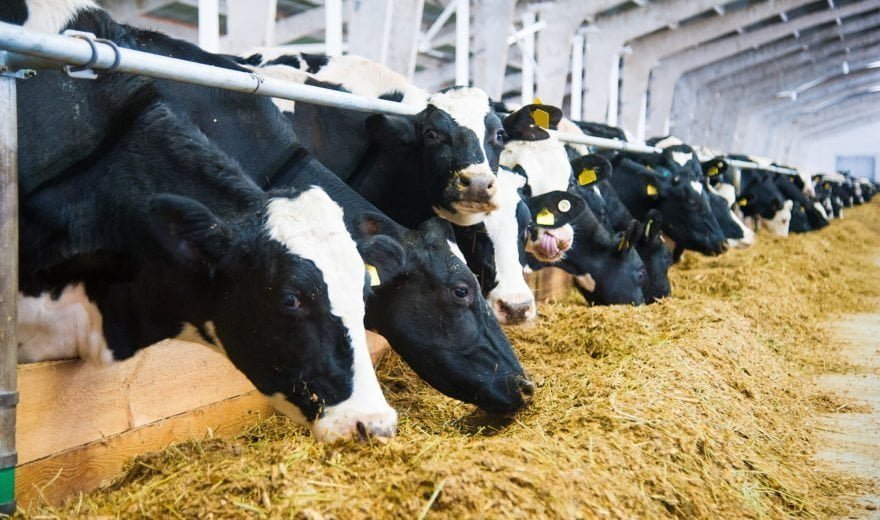
Winter has set in and dairy farmers must be prepared to deal with winter dysentery. It is a highly contagious GI disorder commonly affecting herds in tight quarters and is mostly seen during the colder months.
Recent research shows that winter dysentery is often caused by a specific strain of Coronavirus that seems to attack the intestinal lining of dairy cattle. Vaccinating with DURVAC Multi-Serum as a prevention program may help boost the immune system in attempting to fight off infections. Producers are encouraged to closely monitor their herd's behavior for signs of illness. Any sudden onset of diarrhea, particularly any containing blood, could be signs of winter dysentery.
Other signs to watch for:
- Watch your cows – take note of sudden changes in behavior or attitude
- Keep an eye on feed intake – if it falls off, there may be a problem
- Hydration is key – monitor water intake closely
The best way to diagnose winter dysentery is to consult with your veterinarian.
Winter dysentery will cause a decrease in feed intake and diarrhea, which can lead to dehydration. Both of these are serious and can result in a cow’s milk production diminishing quickly. As with any illness, all of this amounts to a depressed immune system in the affected cow. Now, what can producers do during an outbreak in their herd?
- Provide Durvet’s Maxi-Sorb Boluses, morning and night – this may help soak up toxins and attempt to rid the intestine of dysentery.
- Encourage cows to continue to drink - adding Formula 911 can help ease the effects of dehydration.
This is a fairly common problem in dairy herds even with good management practices. Consult with your local veterinarian when the illness surfaces for the diagnosis, treatment, and control of winter dysentery.

 BACK TO MAIN BLOG
BACK TO MAIN BLOG 
Comment